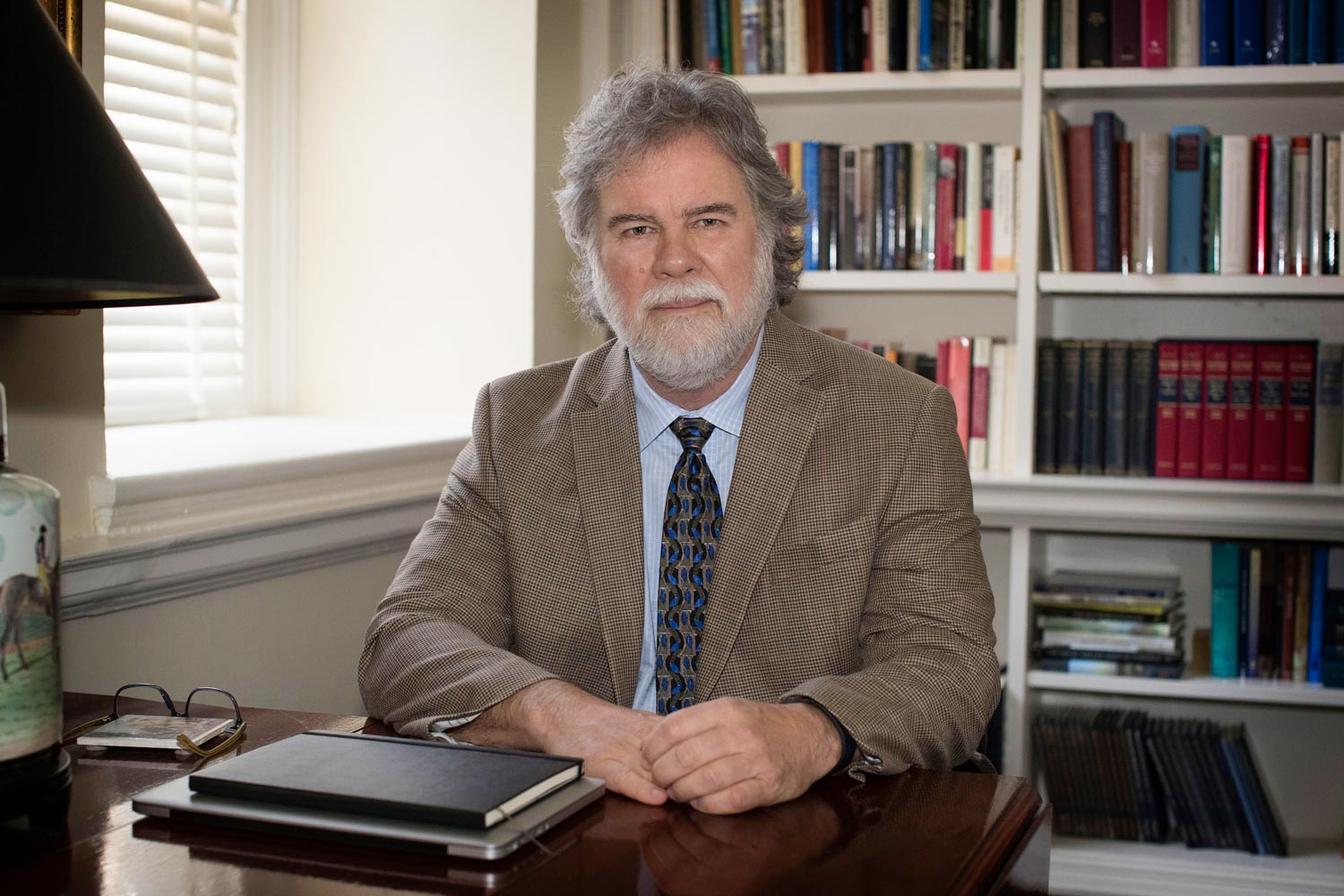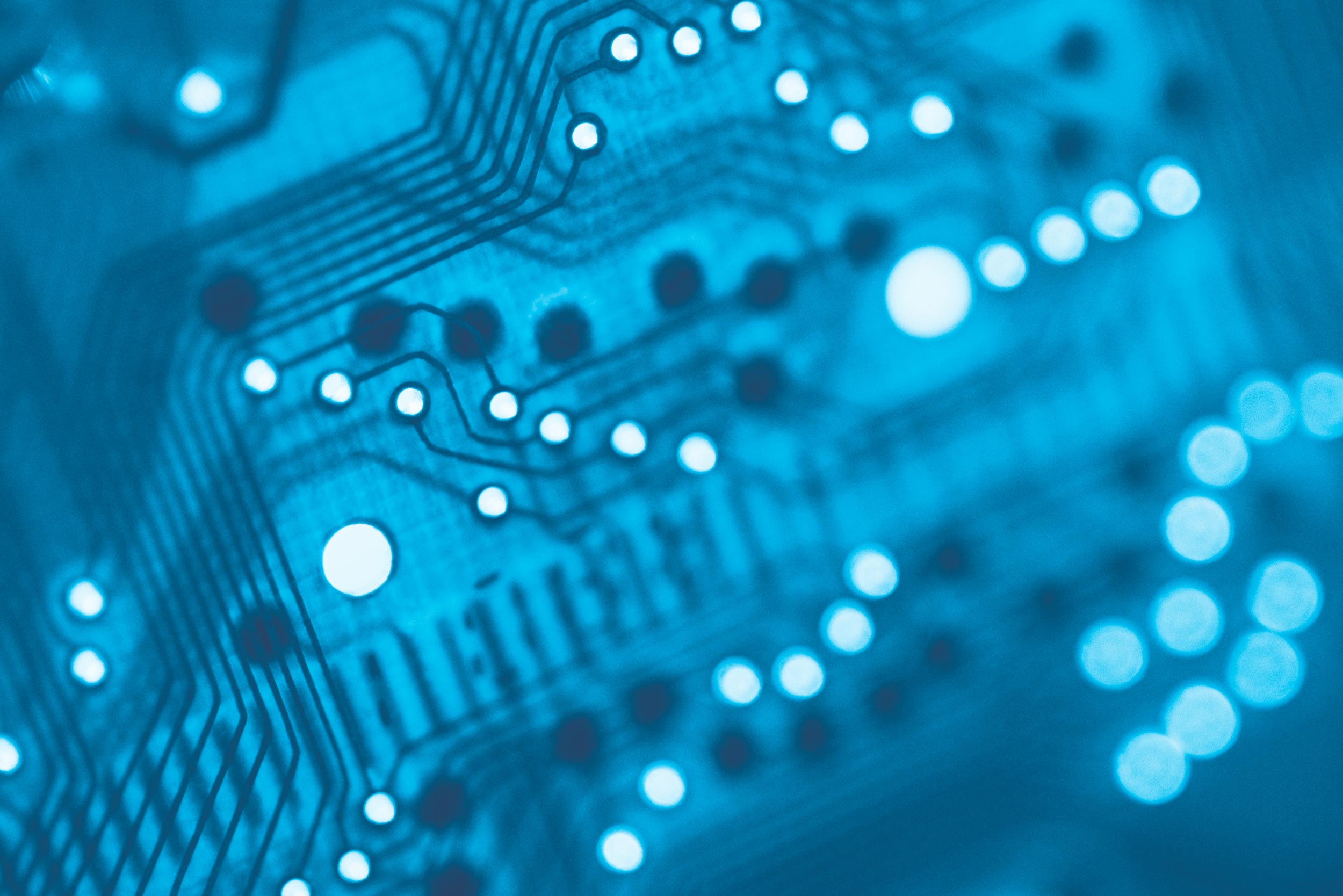Until recently, the University of Virginia had two computing services teams for researchers: Advanced Research Computing Services for the academic side, and the School of Medicine Research Computing Group on the medical side. The Office of the Vice President for Information Technology coordinated both.
That office this month merged the two groups into what now is called UVA Research Computing, directed by Rick Downs, who had previously managed the academic entity.
The goal of the merger is to streamline and enhance the computing experience for researchers at UVA in any area of investigation, from those working within a single discipline to those working across several disciplines. The UVA Data Science Institute is a core partner with Research Computing, and many of its members are using its services for a range of research projects, as are researchers with the University’s other multidisciplinary institutes.
Ron Hutchins, the vice president for information technology, explains the rationale of the merger for UVA Today readers.
Q. What is Research Computing?
A. These days, research often utilizes computer modeling and simulation as well as data analysis. In cancer research, personalized medicine, bioengineering, astronomy, climate studies, computer science and many other areas, investigators depend on the use of computing power to conduct research and gain insights that simply would not be possible otherwise. Researchers can use modeling to optimize experiments, even when they still carry out those experiments. Even the humanities increasingly rely on computing to conduct large-scale studies to find trends within data.

Ron Hutchins, vice president for information technology, coordinated the merger of the University’s two computing services into a single entity: Research Computing. (Photo by Dan Addison, University Communications)
All of this, in so many varied disciplines, often with the disciplines working together, requires powerful computing and support for the use of this computational capability. This is research computing.
Q. You have merged the previously separate academic-side computing services group with the medical research computing services group. How will this enhance research capability at the University generally?
A. We are bridging an unnecessary divide, allowing us now to serve the full research computing community through a single office consisting of about 20 research computing experts. Our new, single-entity Research Computing team can serve and work with research faculty, students and staff in any area of the University: the Engineering School, departments within the College – from political science, astronomy, economics and beyond, to researchers at the Medical School, Law School, Curry and more.
We have invested considerably in infrastructure upgrades, including additional data storage space – an absolute necessity in the big-data era. We also are working closely with the Data Science Institute and all of its researchers to ensure that we meet increasing computing needs at the intermediate computer level: that tier between the personal computer at each person’s desk used for general research purposes, and the high-end computing capability of the big national labs that require special applications for computing time.
We can provide excellent mid-level computing capability for UVA researchers at any time of the day or night, right here at the University. Because of this ready accessibility, we get the benefit of scale, allowing our researchers to work at a sophisticated level whenever needed without having to apply for special grants or be constrained by the limited time available at national computer centers. This allows more time for actual research, and more efficiency and control of that time and how actual operations are conducted.
Q. What services do you provide?
A. We are problem-solvers. We provide training and a certain amount of handholding. Our 20 staff members are available to help researchers get set up to do specialized work using University high-power computing resources. We listen to our customers, brainstorm with them, and help customize and optimize their output and protect their data.
A lot of research today involves imaging, such as in microscopy, and we can help people do that, and do it better. We have low wait times for the services we provide.
We also are working with the four pan-University institutes to help with their big, multidisciplinary projects. Researchers also can cover the costs of our services by writing in those service costs on grant proposals.
We are a growing service; we want to serve, we are here to serve, and we also are looking for feedback on how we can best serve the full research community at the University. We invite people to talk with us so we can learn how we can help.
Over time, as we grow our services and more people become aware of the solutions we offer, we’ll increase our staff and computing capabilities.
Media Contact
Article Information
August 22, 2019
/content/merger-uva-computing-services-opens-new-opportunities-researchers

